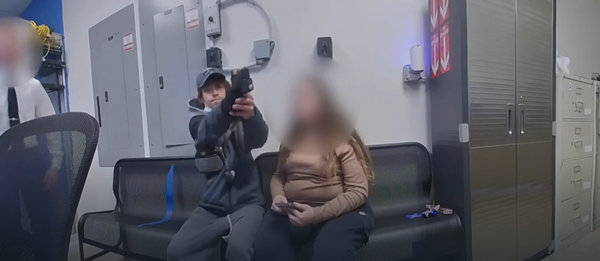Huntington’s disease, dubbed the “cruellest and most heartbreaking” condition, is an inherited brain disorder which significantly shortens people’s life expectancy and has no cure.
The devastating condition damages nerve cells within the brain, progressively impacting a person’s ability to walk, talk and think. The average patient will live for just 24 years after diagnosis.
According to Brain Research UK, it is caused by a faulty gene on chromosome 4 - known as the Huntington's gene (HTT) - which is passed down through families . If someone has a parent who carries the faulty gene, they have a 50/50 chance of inheriting the gene.
The first symptoms usually start to show between the ages of 30 and 50, although five to ten per cent of people develop it before the age of 20.
But what are the symptoms people should look out for? We take a look below.

Huntington’s stops parts of patients’ brains from working properly over time and gradually gets worse.
Once a patient has started to develop symptoms, these will gradually get worse for around 10 to 25 years until the person dies.
Healthline adds that the middle range is 15 to 18 years after a person starts to experience symptoms.
The first symptoms usually involve personality and behaviour changes and over time patients with the condition may develop involuntary jerking or fidgety movements of the limbs.
According to the NHS there is currently no cure for Huntington's disease, nor is there any way of stopping it getting worse.
Symptoms include
difficulty concentrating and memory lapses
depression
stumbling and clumsiness
involuntary jerking or fidgety movements of the limbs and body
mood swings and personality changes
problems swallowing, speaking and breathing
difficulty moving
Social worker Andy Broughton from St Andrew’s Healthcare said: “It is the cruellest and most heart breaking illness I have ever come across.
“Some describe it as the worst bits of Dementia, Parkinson’s and Motor Neurone Disease all rolled into one but it doesn’t have to mean the end of the world.

“People can ‘live well’ with Huntington’s Disease and I love working in a team who help people do just that.
“Huntington’s Disease is an extremely rare, genetic neurodegenerative condition which affects the central nervous system, impacting on the individual’s muscle control, such as ‘chorea’ (random, jerky movements), their ability to speak and swallow, as well as their cognition and mental health.
“The physical symptoms typically begin to show around the age of 30, and life expectancy after this is around 15 to 25 years; symptoms can begin to show from early adolescence and this is known as juvenile Huntington’s, which happens in around 10% of cases.
“The genetic link is strong; if an individual’s parents have it, they have a 50/50 chance of inheriting themselves, and while some symptoms can be managed, there is no known cure.”







